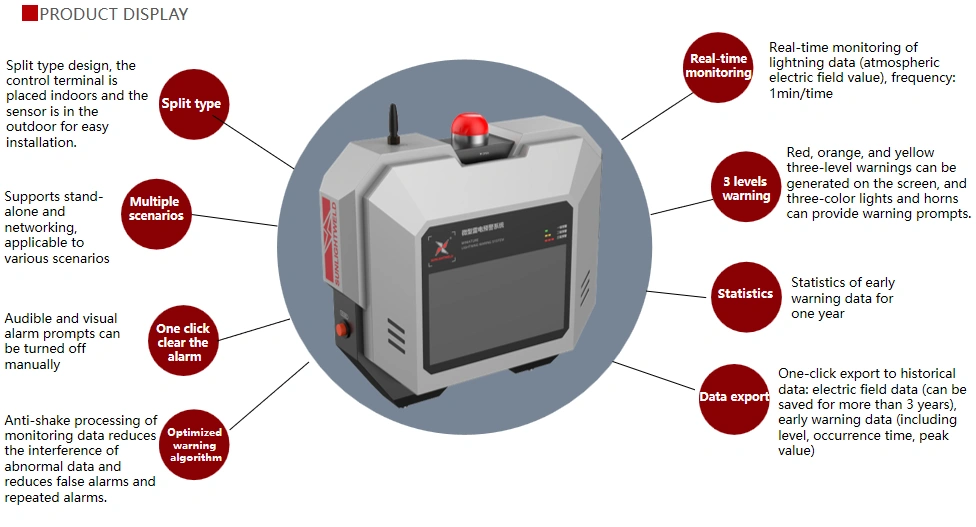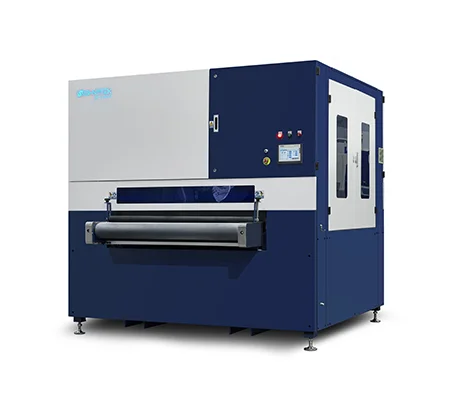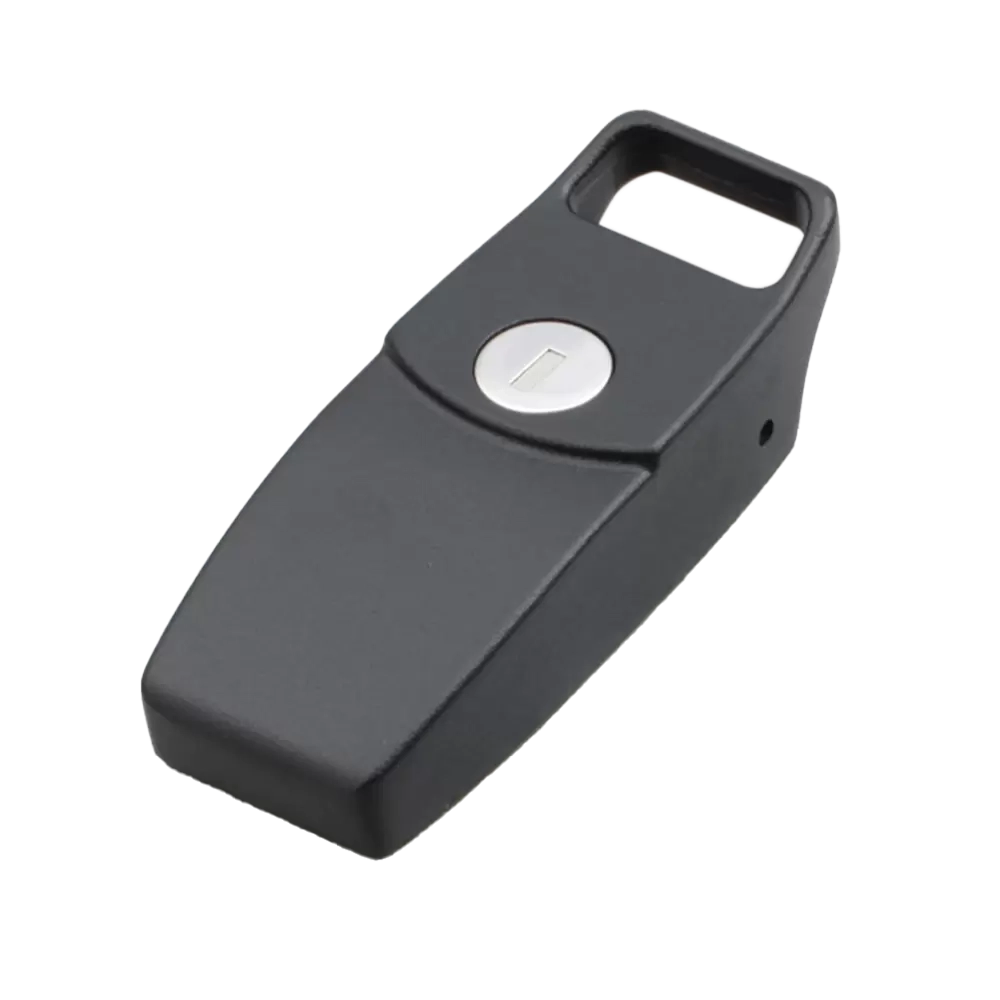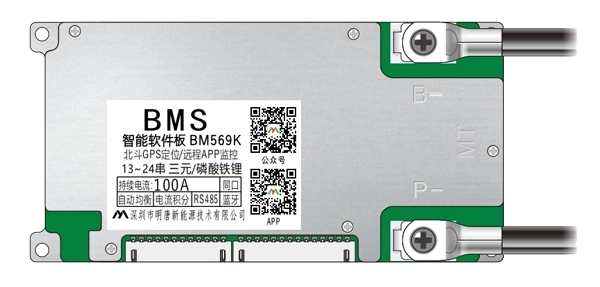How to choose the HSS circular saw bladess suitable for your equipment?
High-speed steel circular saw blades are essential cutting tools in the machining industry and are widely used in a variety of fields, including metalworking, woodworking, and plastic cutting. Choosing the right HSS circular saw blade for your equipment not only improves cutting efficiency and processing quality, but also extends blade life and reduces production costs. So, with the wide variety of HSS circular saw blades on the market, how can you choose the one that best suits your equipment and processing needs? This article will systematically explain material properties, blade specifications, tooth profile design, machine tool compatibility, and operating environment to help you make an informed purchase.
1. Advantages of HSS Circular Saw Blades
Before choosing a blade, it's crucial to understand its core advantages and performance characteristics.
Material Advantages: High-speed steel (HSS) contains a high proportion of alloying elements such as tungsten and molybdenum, resulting in high hardness, strong wear resistance, and the ability to withstand high temperatures without softening, making it suitable for high-speed cutting.
High Cutting Efficiency: HSS circular saw blades maintain a sharp edge even at high speeds, ensuring a smooth cut surface. Wide Range of Applications: Suitable not only for metal but also for a variety of materials such as plastic and wood.
Excellent Cost-Effectiveness: Although more expensive than ordinary steel, it is less expensive than carbide saw blades and has a longer lifespan.

2. Selecting Saw Blade Specifications Based on Equipment Performance
When selecting HSS circular saw blades, the primary consideration is that the blade's size and performance specifications must match the equipment to ensure safety and cutting quality.
2.1 Saw Blade Diameter
The saw blade diameter is a critical selection parameter. The blade diameter must match the equipment spindle. Excessive or insufficient diameters will affect safety and cutting quality.
General mechanical equipment has strict limits on saw blade diameters. When selecting a saw blade, check the equipment manual for the maximum and minimum blade diameter ranges.
Larger diameters are generally suitable for heavy-duty cutting of large pieces, while smaller diameters are suitable for fine processing and smaller equipment.
2.2 Saw Blade Thickness
Saw blade thickness affects cutting stability and kerf width.
Thick saw blades provide greater rigidity, are suitable for heavy-duty cutting, and reduce blade vibration.
Thin saw blades offer a narrower kerf, minimize material waste, and are suitable for fine processing. When selecting a saw blade, consider both the machine spindle power and the workpiece material to avoid overloading the machine due to excessively thick blades.
2.3 Aperture Size
The center aperture of the saw blade must perfectly match the machine spindle diameter for secure and stable installation. Common aperture sizes include 20mm, 25.4mm, and 30mm.
3. Selecting the Tooth Profile and Number of Teeth Based on the Material
The tooth profile and number of high-speed steel circular saw blades significantly impact cutting performance, and different designs are suitable for different materials.
3.1 Tooth Design
Triangular teeth: Suitable for cutting general metals and hard materials, offering high cutting efficiency but a rougher cut.
Serrated teeth (wavy teeth): Provide a smooth cutting surface, suitable for thin plates and precision machining.
Flat-top teeth: Suitable for cutting carbide and special metal materials.
Deformed teeth: Designed with irregular tooth spacing to reduce cutting vibration and suitable for high-precision machining.
3.2 Choosing the Number of Teeth
Higher teeth: Provides finer cutting, suitable for thin plates or delicate workpieces, and a smoother cut. Fewer teeth: Faster cutting speed, suitable for thick plates and rough machining.
4. Machine Power and Speed Matching
The performance of selecting HSS circular saw blades depends largely on the machine power and spindle speed.
Speed Matching: The maximum safe speed (RPM) of the saw blade must be higher than or equal to the actual machine speed to avoid deformation or breakage due to overspeed.
Power Matching: Using a large-diameter or high-tooth-count saw blade with insufficient power can result in low cutting efficiency, overheating, and shortened blade life.
When purchasing a saw blade, it is recommended to check the maximum speed and power recommended range in the product description.
5. Consider the Saw Blade's Coating and Special Processing
To enhance the durability and cutting performance of high-speed steel circular saw blades, many manufacturers use coatings or special heat treatments.
Coating Types: Common coatings include TiN (diamond titanium nitride), TiAlN, and TiCN. These coatings significantly improve wear resistance, reduce friction, and reduce chip adhesion.
Heat Treatment: High-quality HSS circular saw blades undergo precision heat treatment for a more uniform hardness and enhanced toughness, making them suitable for high-speed cutting. Selection Recommendations: For high-intensity cutting or continuous processing, it is recommended to use coated HSS circular saw blades to extend blade life.
6. Actual Cutting Environment and Maintenance Considerations
The actual performance of a high-speed steel circular saw blade is also affected by the cutting environment.
6.1 Cooling and Lubrication System
Whether the equipment is equipped with a cooling system directly affects the blade temperature. High-speed steel is resistant to high temperatures, but prolonged exposure to high temperatures can also affect its lifespan.
For equipment with coolant, select blades that are resistant to liquid corrosion.
6.2 Cutting Intermittence
Continuous and intermittent cutting cause different wear on the saw blade. Intermittent cutting has greater load fluctuations, so blades with greater toughness are more suitable.
6.3 Daily Maintenance and Replacement Cycle
Regularly inspect the saw blade for wear, chipping, or cracks.
Replace it promptly to prevent blade damage from causing equipment failure or safety accidents.
7. Comprehensive Purchasing Recommendations
To consider the above factors, follow the steps below to select the right high-speed steel circular saw blade for your equipment:
Define your processing needs: Determine the primary material being processed and the type of processing (roughing, finishing). Understand equipment specifications: Check the equipment's spindle speed, power, maximum blade diameter, and aperture.
Choose appropriate specifications: Select the blade diameter, thickness, tooth profile, and number of teeth based on the equipment and material requirements.
Focus on quality and craftsmanship: Choose reputable brands, prioritizing products with coatings and good heat treatment.
Consider the cutting environment: Choose corrosion-resistant blades when equipped with a cooling system, and select blades with a balanced toughness and hardness tailored to the specific processing requirements.
Perform regular maintenance: Keep the blade clean and sharp to avoid safety hazards.
High-speed steel circular saw blades are critical consumables in cutting processes. Choosing the right blade not only impacts processing efficiency and finished product quality, but also affects safe equipment operation and production cost control. By scientifically analyzing equipment parameters, processing materials, blade structure, and operating environment, users can find the optimal HSS circular saw blade to achieve efficient, high-quality, and cost-effective cutting.
If you have further requirements for a specific model or brand, you can also consult professional saw blade manufacturers and suppliers for targeted technical support and personalized recommendations based on your actual equipment and process conditions.
www.chinechernmachine.com
chinechernmachine





